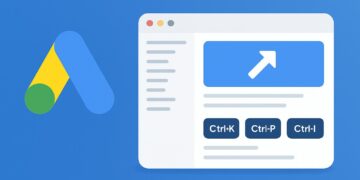Gap 1 in the SERVQUAL model is the ______ gap.
Service delivery vs. external communication
Service quality vs. customer expectation
Service delivery vs. design
Knowledge (customer expectation vs. management perception)
Gap 3 (service performance gap) occurs when ______.
Service personnel fail to deliver to the specified standards
Promises in ads exceed delivery
Customers misinterpret quality
Management misreads customer expectations
Gap 4, the communication gap, happens if ______.
Service design specs are unclear
Marketing overpromises relative to actual service
There is employee turnover
Customers set unrealistic expectations
Which gap is closed primarily through **better market research**?
Gap 2 – standards
Gap 5 – perception
Gap 1 – knowledge
Gap 3 – delivery
Gap 2 (standards gap) is best reduced by ______.
Increasing price
Running more ads
Hiring celebrity endorsers
Setting clear, customer‑driven service quality specifications
Gap 5 measures the difference between ______.
Communication and performance
Service design and delivery
Perceived service and expected service
Manager expectations and frontline understanding
Empowerment and training programmes primarily target closing ______.
Gap 4 – communication
Gap 3 – service delivery
Gap 2 – standards
Gap 1 – knowledge
Consistent brand messaging that mirrors actual service features helps shrink ______.
Gap 2 – standards
Gap 3 – delivery
Gap 1 – knowledge
Gap 4 – communication
Tracking CSAT and feedback in real time mainly helps monitor ______.
Gap 5 – customer perception gap
Gap 3 – delivery gap
Gap 1 – knowledge gap
Gap 2 – standards gap
Systematic root‑cause analysis of complaints is critical for closing ______.
Multiple gaps holistically, especially 1 and 3
Only Gap 4
None, complaints are random
Only Gap 2
Starter
Solid effort—review the key concepts and try again for a higher score.
Competent
You understand the essentials; refine the nuances to excel.
Expert!
Outstanding—your grasp of this service concept is exemplary.
Mastering Gap Model of Service Quality Interview Questions will help you pinpoint where service expectations break down. Begin your prep with our Services Marketing interview questions guide to review the five key gaps. Then challenge yourself with the Service Innovation Stages MCQs, sharpen your metric analysis through the Blueprint KPIs question set, and explore digital enhancements using the Technology in Service Delivery interview questions. Working through these targeted practice resources will ensure you can discuss the Gap Model with clarity and confidence.









